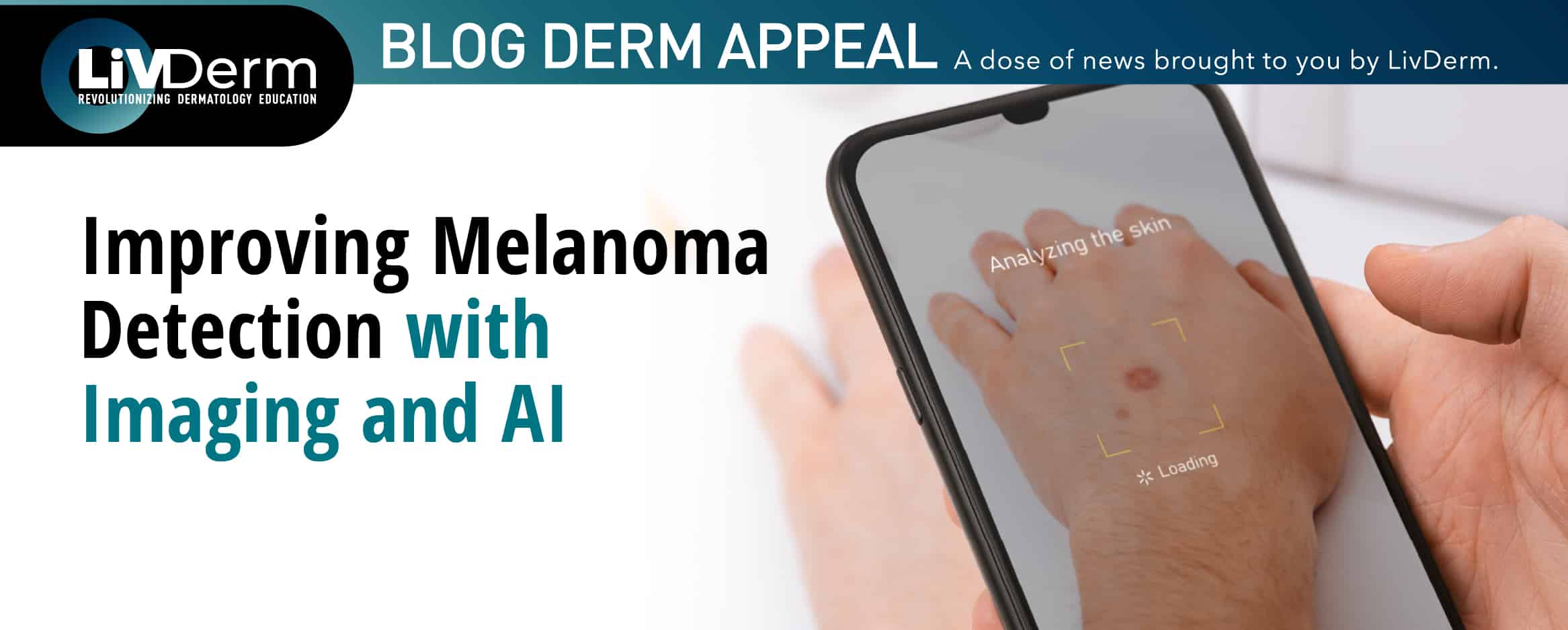Researchers at the New York University Grossman School of Medicine have mapped the hidden features of inflammation in psoriatic disease through a comparison of patients with varying levels of disease severity.
They believe the results of this study can help explain why psoriasis can develop into psoriatic arthritis in up to 1 in 5 patients and explain the development of certain common comorbidities, such as diabetes, heart disease, and inflammatory bowel disease.

This new study, led by co-senior investigators Jose Scher, MD and Shruti Naik, PhD, used a new technology known as spatial transcriptomics. This technique is able to chart the molecular and cellular interactions occurring in a specific tissue. According to researchers, this technique is much more powerful as it allows for the creation of a broad image-based map that shows where cells are located within the tissue as well as showing what other cells they are communicating with.
A total of 11 intact skin samples were taken from patients with mild-to-severe psoriatic disease, along with three samples from healthy adults without psoriasis.
Results demonstrated that the location of the cell clusters (fibroblasts), which are key regulators of inflammation, along with macrophages (a type of white blood cell) varied and were more common in the upper layers of the skin of those patients with more severe cases of psoriasis. Researchers also noted that patients with moderate-to-severe cases of psoriatic disease showed increased gene activity in more than three dozen molecular pathways tied to metabolism and control of lipid levels – factors, which they state, are “known to go awry in diabetes and cardiovascular diseases.”
According to Dr. Scher, “Having found signals with potential systemic consequences, we are now working to understand how skin inflammation can lead to widespread disease affecting other organs.”
Dr. Naik revealed that their next step is to identify the biological mechanisms involved in skin inflammation in one area to see how this can affect the skin or other organs in other parts of the body. They are also planning further research with larger patient groups for both lesioned and nonlesioned skin in order to determine how disease clears on its own in some cases and why some patients respond differently to the same anti-inflammatory medications.
"Our study serves as a valuable resource for the scientific community, offering the most comprehensive archive of cellular and molecular features involved in both diseased and healthy skin,"
Dr. Naik
Dr. Scher is the Steere Abramson Associate Professor of Medicine in the Department of Medicine at NYU Langone Health, where he also serves as director of its Psoriatic Arthritis Center, and the Judith and Stewart Colton Center for Autoimmunity.
Dr. Naik is an assistant professor in the departments of Pathology, Medicine, and the Ronald O. Perelman Department of Dermatology at NYU Langone.
















